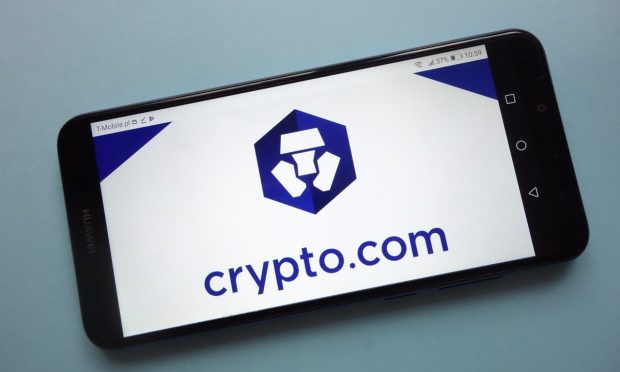Crypto.com Discovers That Loyalty Programs Are a Two-Way Street

To make a loyalty program work, customers have to view it as a two-way street.
Which is by way of saying that blandly announcing that you’re canceling a best-in-class rewards program isn’t a good way to keep customers loyal. Or keep customers.
Or, if you’re in the crypto space, keep those customers from grabbing their virtual torches and pitchforks.
The Crypto.com exchange found that out the hard way this week when the price of its cronos (CRO) exchange token dropped 11% from about 35 cents in two hours and more than 22% by the next day, after the Sunday (May 1) announcement that it was cutting rewards.
Rewards for the top Obsidian tier (people who locked at least $400,000 worth of crypto in a staking program) were dropping from 8% to 2% in one month, and down from 1% to nothing at the lowest tier, according to the announcement. Existing customers were given a six-month grace period.
The decision, explained by Crypto.com CEO Kris Marszalek as necessary to “move closer to long-term sustainability of our card program,” was revised the next day.
“The community has been really vocal with regards to the changes to the card program announced yesterday,” Marszalek tweeted the next day. “We care deeply about the community, we hear you & always listen to you. As a result, we’re revising card staking rates.”
So, what’s staking? At its simplest, it’s is a way of earning interest by loaning cryptocurrency out. However, instead of loaning it to a traditional borrower you’re loaning it to someone who uses it to win the right to mint cryptocurrency by helping add to and secure a type of blockchain called proof-of-stake — a process that is far less polluting than the energy-intensive proof-of-work that Bitcoin and Ethereum require.
See also: PYMNTS DeFi Series: What is Staking?
While a lot of this happens in decentralized finance (DeFi) projects, it can be tricky, and more than a few centralized exchanges handle it for customers. Coinbase, for example, offers rewards of between 0.15% and 5% for staking various cryptocurrencies held in your account.
As virtually all Visa- and Mastercard-branded crypto cards are debit cards, users tend to have a lot of crypto sitting around doing nothing, so staking for interest makes sense.
At any rate, Marszalek quickly revised the program. Obsidian cards’ rate went back up to 5%, but the lowest tier remained at 0%. The three middle tiers ended at 3%, 1.5% and 0.5% — lower than originally but better than they had been.
The response to Crypto.com’s move isn’t really surprising. In PYMNTS’ April study of U.S. crypto consumers, 26% said they are “very” or “extremely” interested in using cryptocurrency when making purchases from merchants that provide rewards and discounts on purchases.
See also: The U.S. Crypto Consumer: Cryptocurrency Use In Online And In-Store Purchases
In fact, rewards “are just as strong a motivator for making crypto purchases as other purchases,” it found.
This crosses over into a lot of other types of loyalty cards. Another recent PYMNTS study found that consumers who have store-issued cards use them for purchases 87% of the time. The top reason, according to 42% of that group, is access to rewards programs.
Read more: Rewards Programs Are the Top Reason Consumers Use Store Cards
Don’t Do That
There are two basic takeaways here.
First, don’t just drop unpleasant news on your customers, especially your best ones.
In response to a comment on Reddit’s 4.9 million-member r/CryptoCurrency forum, the reply to a comment about abused trust from one member was telling: “Exactly, if they had been in communication with the user base well in advance and maybe had this on a roadmap I wouldn’t even be mad!”
Second, and most importantly, don’t start unsustainable loyalty programs in the first place.
That latter part is probably one that more crypto companies and entrepreneurs need to pay attention to, particularly when it comes to staking, as more than a few programs have interest rates high enough to suggest that they are very risky.
While rewards are paid in interest calculated hourly, it’s very easy to find rates in the double digits. The top cryptocurrency exchange, Binance, for example, offers staking rates of 1.4% to more than 25%.
